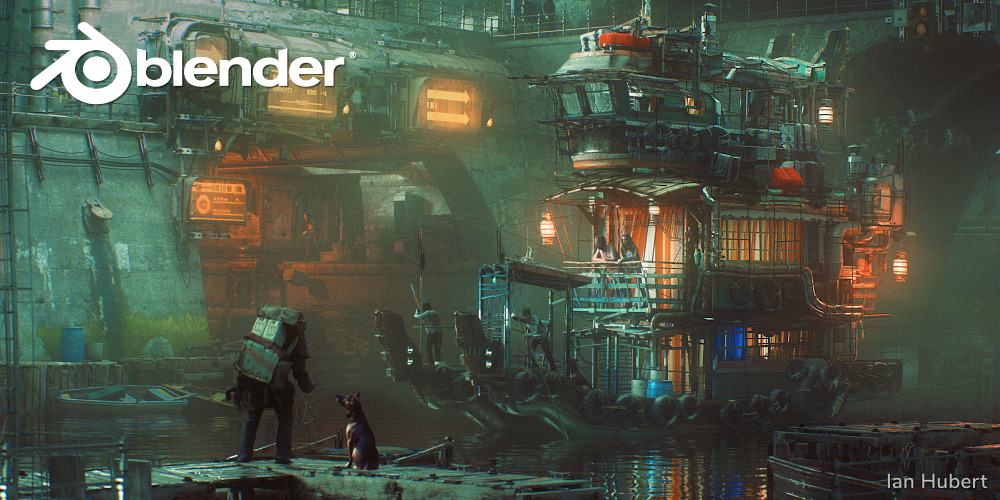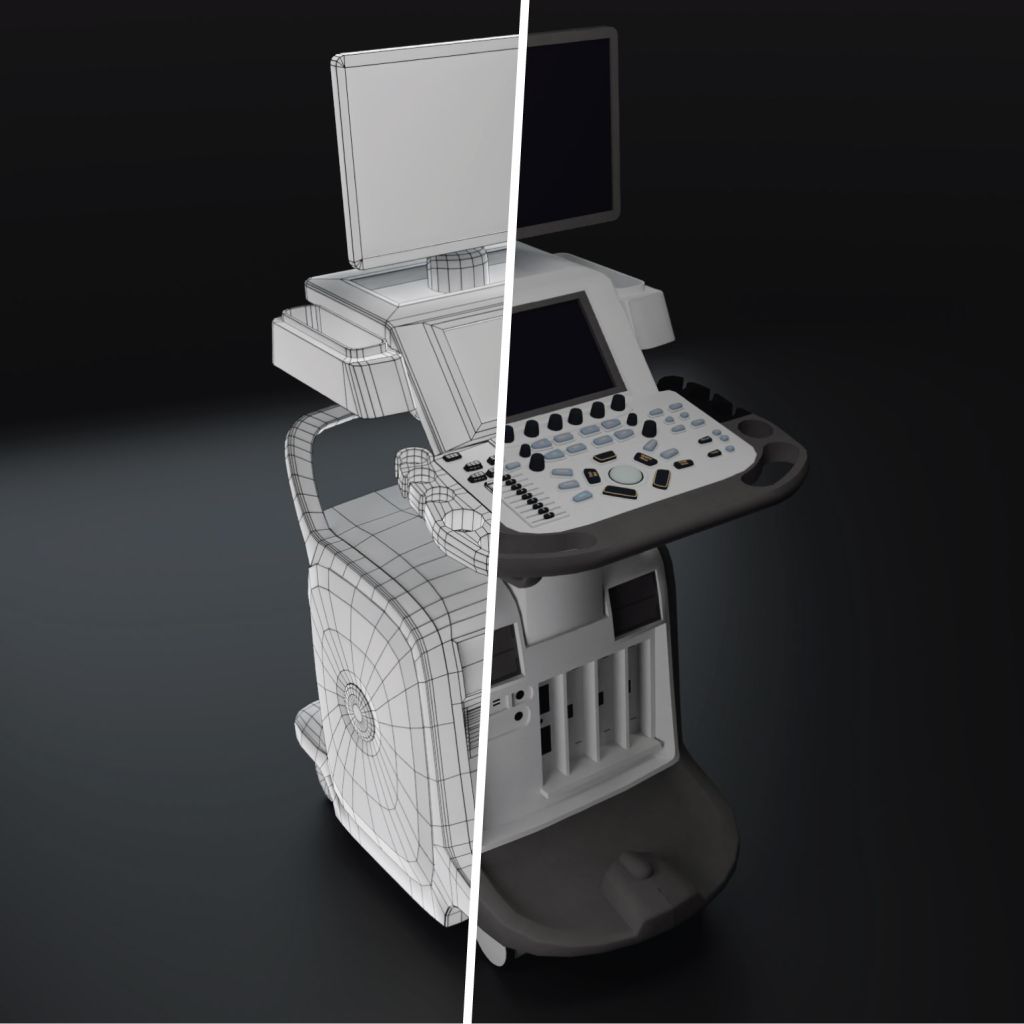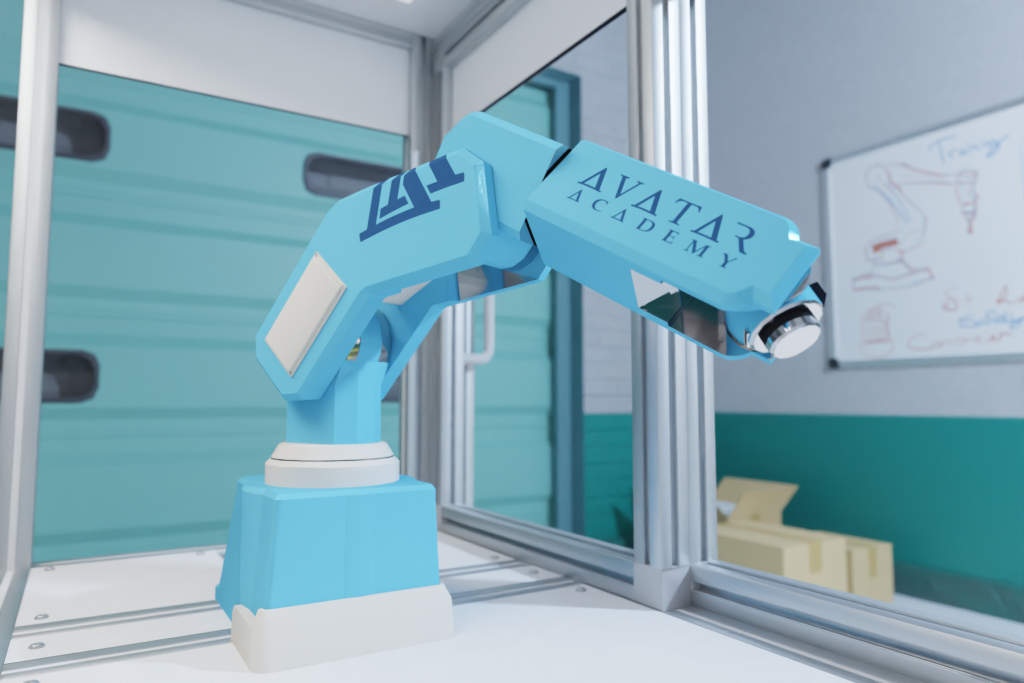
Blender, the open-source 3D creation suite, has carved a unique path in the industry. While not yet the undisputed king, its evolution from a relatively unknown program to a powerful contender for the industry standard is a story of community, innovation, and perseverance.
Humble Beginnings:
Blender’s journey began in the late 1980s as an in-house tool for a Dutch animation studio. Facing financial uncertainty, the studio released Blender as open-source in 2002, entrusting its future to the community. This pivotal step fostered a passionate user base that for decades contributed code, tutorials, and add-ons, propelling Blender’s development.
Early Challenges and Community Support:
Early on, Blender faced challenges. Its user interface was complex, and its feature set lagged behind commercial software. However, the community remained a driving force. Regular updates addressed usability concerns, and the open-source nature allowed for rapid development and integration of cutting-edge features like the Cycles rendering engine.

Artwork created in Blender
A Great Leap with Blender 3D Software Evolution:
A turning point came in 2011 with the introduction of Blender Internal, a powerful, physically-based renderer. This marked Blender’s entry into the realm of professional-quality rendering, attracting a wider audience. Blender’s free open source community and independent studio is in stark contrast to current monopolies and subscription-based software models.
In 2019, Blender 2.8 ushered in a new era with a complete overhaul of the user interface. This transformed Blender, making it more accessible and intuitive for new users. This, coupled with the continued development of features like Eevee, a real-time rendering engine, further solidified Blender’s position as a viable option for professional workflows.

A 3d model of an ultrasound machine, showing the topology, made by Mersus Technologies
Today’s Impact and Industry Adoption:
Today, Blender boasts a robust feature set for modelling, animation, sculpting, simulation, and compositing. Major studios like Epic Games and Ubisoft are increasingly using Blender, and its presence in film, advertising, and game development is undeniable. Having access to such a powerful tool for free in Blender is invaluable to students, freelancers, and indeed indie and smaller studios. People are creating incredible things with it! If you want to give Blender a go, it can be downloaded here, and free tutorials are easy to find.
Challenges and Funding:
However, the road to becoming the industry standard is not without obstacles. Blender still faces competition from established players with larger communities and longer industry track records. Additionally, the open-source nature of the software, while fostering innovation, can sometimes lead to inconsistencies and a steeper learning curve compared to commercially supported software. Blender is reliant on grants and the Blender community fund. A number of requested features can’t be added because they don’t yet have the money to hire specialists.

A 3d environment, with 6-axis robot, made in Blender by Mersus Technologies
Bright Future and Continued Evolution:
Despite these challenges, Blender’s future is bright. Its active development, passionate community, and growing adoption within the industry suggest that it will continue to challenge the status quo and potentially even redefine the landscape of 3D creation software. Whether it ultimately becomes the industry standard remains to be seen, but its journey from a niche program to a major player in the 3D world is a testament to the power of community and open-source collaboration.
In summary, the evolution of Blender 3D software showcases the remarkable journey of an open-source underdog rising to become an industry contender, driven by innovation, community support, and a commitment to excellence.